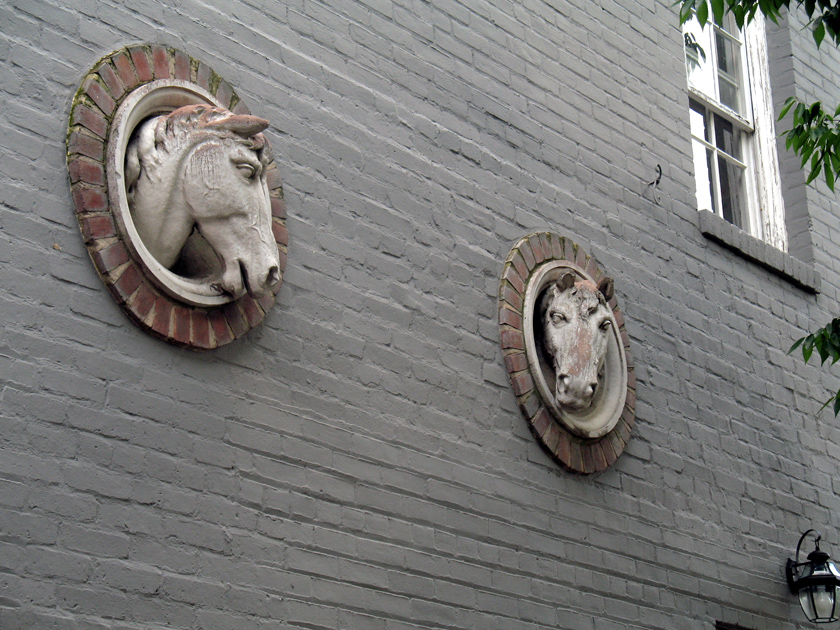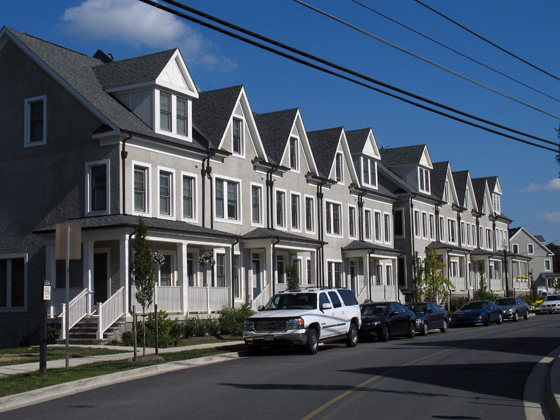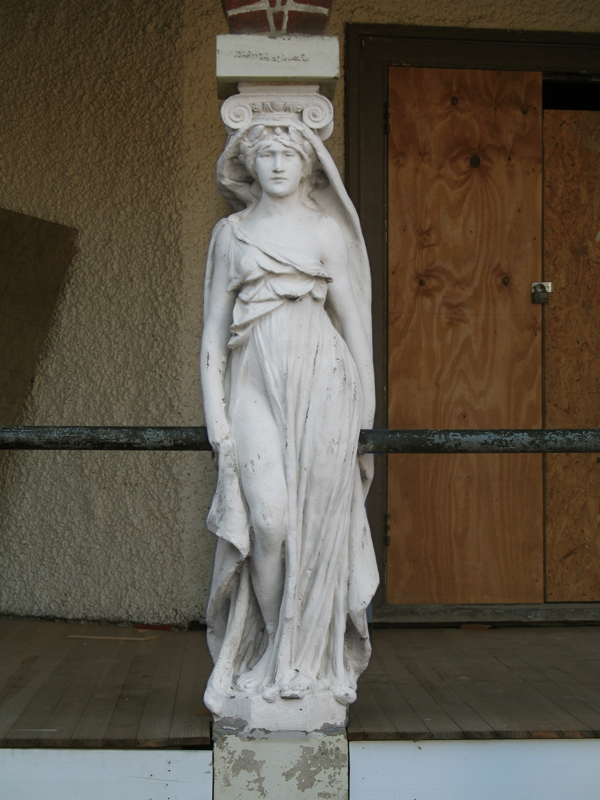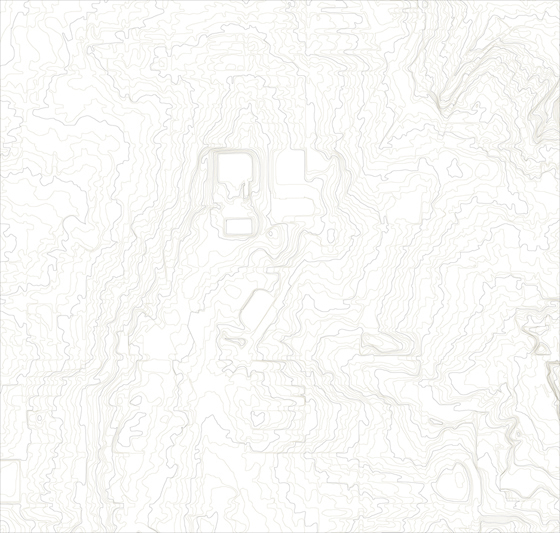I hadn’t heard much news about the new sanctuary in a while, but I came across this video, and the design looks great. The project has definitely improved since I last looked over it in 2010. The architect, Auraform, seems to be using materials very deliberately, so it will be interesting to see how those choices produce and affect and carry the design.
I am particularly fond of the way the roof overhang at the entrance relates to the cross, as a both a sign and as a part of the composition. The visceral handling of the ruins of the old church, towards the end of the video, is certainly reminiscent of Zumthor’s Kolumba Art Museum, with attached exterior windows that owe a lot to Sigurd Lewerentz‘s St. Peter’s, Klippan. There’s a lot going on in the building.
DC has recently gained a strong set of exceptional modern churches, of which this building will certainly be one. Jarvis, at least, worked for well-published hermitect Peter Zumthor and the less reclusive local rising star, David Jameson.



